How often and correctly to water the beets?
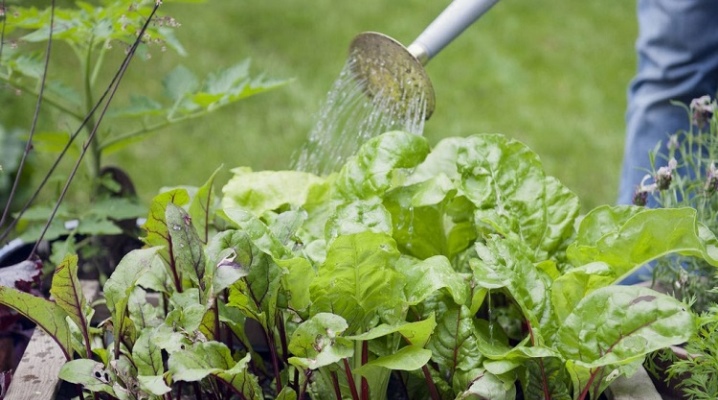
Watering beets is an important agrotechnical process at any stage of root crop formation. If you observe the frequency and volume of water application, you can achieve intensive growth, increasing yields. Soil moisture directly affects the appearance, taste, transportability and shelf life of the vegetable.
In different growing seasons, the specificity of irrigation, water requirements differ, which must be taken into account in the growing process. How often to water the beets, whether it is necessary to follow a specific scheme, what other subtleties are there - we will talk in the article.

General rules
To get a good harvest, you need not only to know how often to water the root crop, but also to adhere to the following recommendations:
- the garden bed must be organized in such a way that during irrigation the water wets the roots of vegetation, and does not spill between the rows;
- beets should be watered with exceptionally warm water at ground or air temperature;
- in hot weather, watering should be carried out in the evening, in cloudy weather - in the morning, otherwise the roots may be damaged from the night cold;
- constantly use spray nozzles for irrigation, which will not allow the water jet to wash out the soil and damage the vegetation.
These ingenious, but very effective techniques will give you the opportunity to grow a wonderful harvest of tasty and healthy beets, which will be excellently stored until spring.
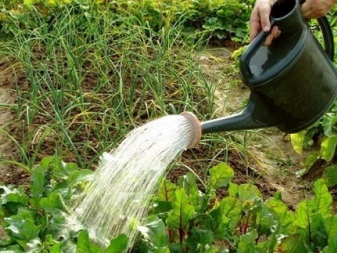
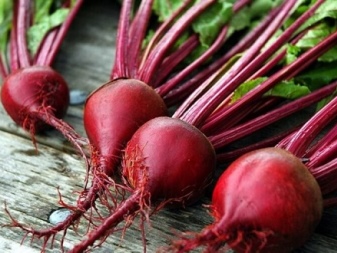
What should be the water?
Most gardeners believe that there is nothing better for irrigating garden plants than water formed from atmospheric precipitation. They are right, since rainwater is very soft, only it is not always possible to collect it, in this regard, water is used from a column or a water supply system. To have a flawless beet harvest, you must follow all agrarian and technical requirements. This also applies to irrigation water. It is better that its temperature is + 12-20 ° C.
It is undesirable to water well or water extracted from deep underground sources, and when another is not available, what is in the containers should be defended and kept up to ambient temperature. It is also not advisable to use water from the water supply system, it contains chlorine. Watering is allowed if it is left standing throughout the day. When there is hard water in the place of residence, for softening you can use:
- oxalic acid in the amount of 4 grams per 20 liters of water;
- wood ash - 60 grams per 20 liters of water;
- peat - dissolve 200 grams of the product in 2 liters of water;
- the usual settling is to leave the water for 2-3 days in the container, and then drain the sludge.
It is necessary to remember the basic rule of watering - it is forbidden to irrigate beets with cold water, as this will cause disease, weaken the plant, delay the development of seeds and the formation of vegetative organs - roots.
To prevent stagnation of water, it is necessary to make holes in the soil near the root crops with a pitchfork or a shovel.
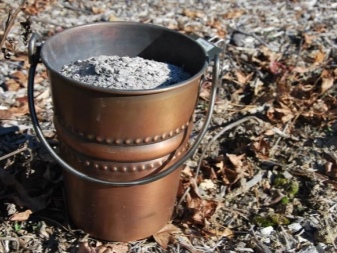
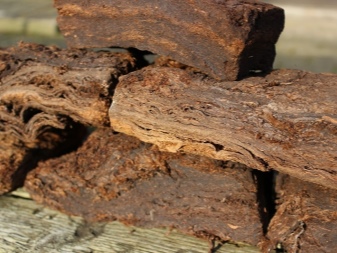
Irrigation methods
There are several methods for watering your garden beds. The choice of a certain method is carried out based on the growing season of the beet, the area of the garden and the frequency of the event.
Drip irrigation
Drip irrigation technology is practiced on condition when it is required to cover a decent area.Water is supplied to the root system of the vegetation individually through specialized pipes or hoses with holes. On a note! Buy pipes that can withstand high water pressure. Otherwise, they won't last long. This method requires a significant investment.

Sprinkling
Suitable for medium to large areas. This system, as a rule, is laid even in the process of arranging beds for planting vegetation. In essence, they use both factory systems and do-it-yourself designs. Drip irrigation and sprinkler irrigation are considered to be more suitable irrigation technologies for beets.
Water is supplied in a measured way, wetting the entire surface of the soil. No physical strength is needed to carry out the event, the system is able to function even in the absence of the owner of the site. The top layer of the earth is not covered with a crust, there is no danger of mechanical damage to the above-ground elements by the pressure of water. The disadvantage of this method is financial costs, the availability of expensive equipment.
Direct jet
The manual method of irrigation is an ingenious way; it is watering with a hose or a watering can. In the process of moistening from the watering can, make sure that the spray is uniform. This also applies to water pressure. The powerful jet damages the seedlings and washes away the soil. To exclude this, specialized nozzles are practiced. A watering can is suitable for a small area. When irrigating from a hose, specialized nozzles are similarly practiced, which will not make it possible to wash out the soil and damage the sprouts. This method makes it possible to water a larger area.

How often should you water?
Watering the root crop in the open field with plain water or with some additives is the most important activity in cultivation. A correct understanding of how to irrigate beets should be based on 3 key principles.
- Timeliness. Excess water - for example, after rain, can provoke rotting and the appearance of black mold at the base of the shoot.
- Dose. Dosage of water will make it possible to eliminate the same problems as with irrigation after rain.
- Periodicity. Any vegetable will thank the gardener with excellent growth and a quick harvest when the soil is watered regularly.
Taking into account the growing seasons, beets need different frequencies and volumes of irrigation. When watering in one of these phases was incorrect, this affects the taste characteristics of the root crop.

Taking into account the growing season
Landing. Before planting the seeds, the soil is thoroughly shed. After planting, beets are watered once a week. In hot weather, the frequency of irrigation is increased. 3-4 liters of water are used per 1 m2. At this stage, it is not necessary to water the soil abundantly, irrigate as it dries.
Flowering and emergence of the first seedlings. When the first sprouts appear, they begin to irrigate the beets 2-3 times a week, taking into account the weather conditions. Approximately 10 liters of water are used per m2. This is done until the seedlings reach a 15-centimeter height and the first leaves are not formed on them. After that, the frequency of planting irrigation is once every 7 days. Fruit formation. Root crops are irrigated once every 7-10 days. The amount of water is raised to 15 liters per 1 m2, in hot weather - up to 20 liters of water.
After feeding
At any stage of formation, the plant needs fertilizer. It can be both organic matter and mineral complexes, including potassium, phosphorus and nitrogen. With root feeding, the composition is poured directly under the root, with foliar feeding, the leaves are treated.
When 4-5 leaves are formed in beets, the plant is enriched with orthoboric acid - the leaves are treated with the composition. To do this, 4 grams of orthoboric acid are diluted in 10 liters of water. With a boron deficiency, fomoz is formed, the beet core rots.

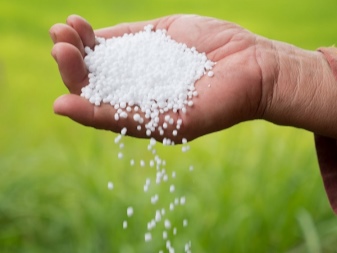
Taking into account the month
In mid-May, the seeds of the root crop are planted in the ground - the soil is irrigated before planting and at the end. In June, the root crop is irrigated every 7 days.Apply 10-15 liters of water per 1 m2. On a note! The first growing month is especially important: if the seedlings do not receive the required amount of liquid, the plant will stall in its own development. July and the first half of August, beets are irrigated 1-2 times during the week. At this stage, generous watering is required, since the beets are already fed at a depth of more than 15 cm. 2 buckets of water are used per 1 m2.
Taking into account the state of the weather
The climate directly has a great influence on the frequency of irrigation of the beets.
- Heat. In hot weather, the frequency of irrigation is increased by two orders of magnitude. Water the vegetation every 3-5 days. More water is used. At the usual rate - 15 liters, in hot weather 20 liters per 1 m2 are used. However, do not overfill.
- Rain. With heavy rains, the root crop does not need frequent irrigation.
- In cool weather, it is watered exclusively in the morning and at lunchtime. Irrigation frequency depends on the level of soil drying.
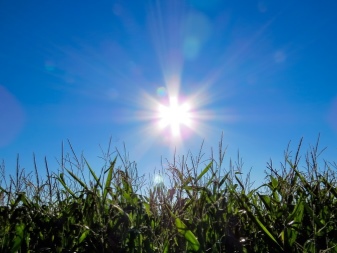

When to stop watering?
On the eve of harvesting, 3-4 weeks before, irrigation stops, which will allow root crops to dry out, stop growing processes, increase the content of sucrose in beets and beet chips and increase the ability to maintain good quality for a certain time.
If the plant continues to be irrigated, then the roots will not be able to form and accumulate sugar, they will be painful and unappetizing.
For information on how often and correctly to water the beets, see the next video.













The comment was sent successfully.